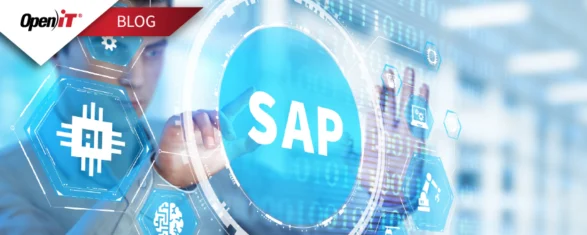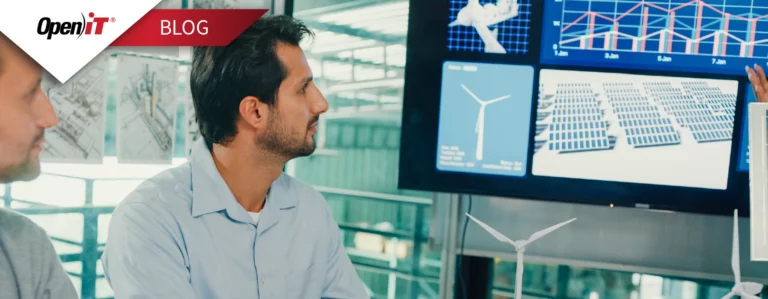When seeking to procure new specialized software for your organization, it is crucial to strike a balance between securing the most flexible and affordable deal while ensuring that the software vendor’s services meet your requirements. Negotiating the most ideal software contract can be particularly intricate when dealing with new software vendors or a unique software product.
Software Contract Negotiation Must Do’s
When negotiating a new software contract for specialized applications, you must recognize that many of these unique tools operate in niches without direct competitors. Thus, it’s essential to carefully assess several key factors. These include the availability of skilled professionals within your market who are familiar with the software, the learning curve associated with its adoption, and the depth of institutional knowledge surrounding the product.
A recent study highlights a concerning trend across various industries: approximately 80% of businesses lack formal negotiation processes. This deficiency has a significant impact on their income potential and overall profitability. To assist you in securing the most advantageous agreements, even when dealing with challenging software vendors, the following steps to better software contract negotiations are crucial:
- Form a team
- Understand why the product is needed
- Understand the product architecture
- Analyze the pricing model
- Prepare the environment
- Negotiate from a position of strength
This may seem excessive when only a few employees will use the software. However, it’s worth noting that in such instances, a single license could come with a substantial price tag. Therefore, conducting thorough research and preparation is prudent.
Form a Team
To initiate a successful software contract negotiation, assemble a dedicated team comprising IT asset management (ITAM) and software asset management (SAM) experts. Additionally, it’s essential to involve a superuser who possesses in-depth knowledge of the software’s functionality and performance expectations.
Collaborate with a business analyst to define software requirements that align with your business needs. If you plan to deploy the software in a cloud or containerized environment, engage with FinOps specialists to evaluate implications and software licensing considerations.
Understand why the Product is Needed
Recognize the strategic importance of software acquisition. It’s important that all stakeholders, including those who are not traditional users of the software, comprehend the business benefits and risks associated with the purchase.
Determine whether the software is a one-off acquisition for a specific project or a long-term addition to your organization’s software portfolio. Categorize users based on their level of engagement and identify critical functionalities. If competing products exist, conduct thorough evaluations, including proof-of-concept assessments, to make informed decisions. Keep the CFO informed and engaged throughout the process.
Understand the Product Architecture
Gain a comprehensive understanding of the software’s architecture as it directly influences the vendor’s pricing model, especially in scenarios involving multiple applications and features. IT teams should analyze how the software integrates within the overall IT environment, particularly if your organization relies on Infrastructure as a Service (IaaS) or Platform as a Service (PaaS) from major cloud providers. Ensure compatibility with your chosen cloud infrastructure.
Analyze the Pricing Model
With sufficient product and software vendor knowledge, assess the pricing model based on required features and anticipated user categories. Unbundle the total cost of ownership (TCO), including maintenance, implementation, and training expenses.
Transparency from software vendors regarding cost determinants is essential to avoid unexpected “true-up” costs. Discuss potential price increases and aim for long-term pricing stability, ideally over the next five years. Consider a mix of licenses, such as named user licenses, concurrent licenses, and subscription licenses to accommodate different usage scenarios.
Prepare the environment
Prepare your ITAM and SAM environments to seamlessly integrate the new software. Define and allocate user entitlements, adapt policies and procedures, and establish communication protocols to inform stakeholders of the software’s status and availability.
Implement license harvesting and chargeback mechanisms if necessary. Consider acquiring a software license management (SLM) solution tailored to scientific and engineering software to monitor and manage licenses independently of the vendor’s assessments.
Negotiate from a position of Strength
Having acquired comprehensive insights into your software needs, understanding your system’s architecture, and considering pricing factors, you are now in a prime position to engage with software vendors confidently. The next critical step is to channel this knowledge into crafting a software contract that not only caters to your organization’s current requirements but also anticipates its future needs.
This forward-thinking approach ensures that your software contract helps you remain relevant and adaptable over time. By securing the optimal configuration and terms within the contract, you set the stage for a successful software acquisition. This means you’ll not only meet your immediate operational needs but also position your organization for sustained growth and efficiency, maximizing the value of your software investment.
Open iT offers comprehensive software license management solutions, including vendor negotiation services, to empower your negotiation teams with invaluable software usage insights. We help you craft highly advantageous software contracts and renewal terms by uncovering genuine license usage patterns and generating precise, organization-wide reports, enhancing your negotiating position to secure the most optimal software contract for your needs.






